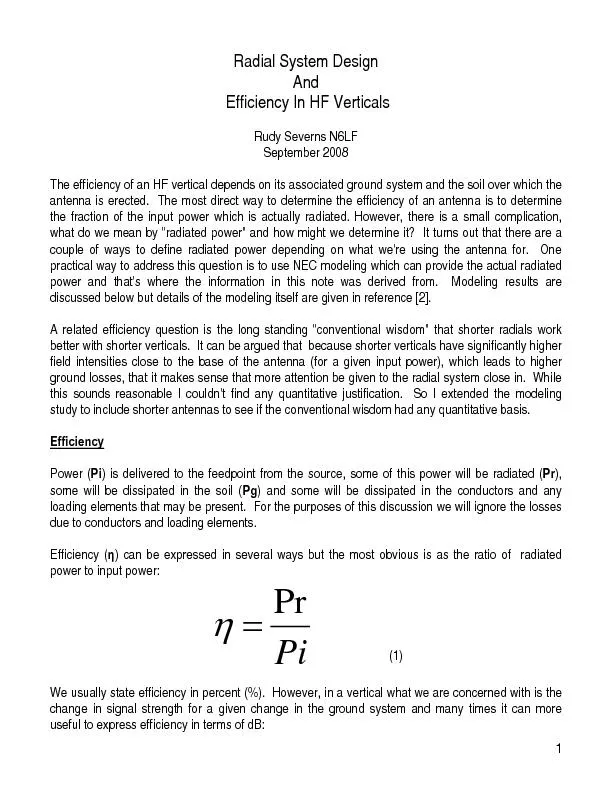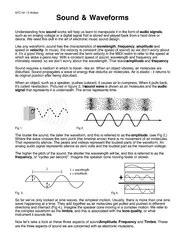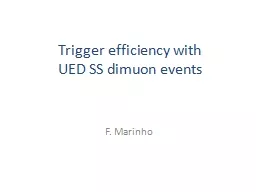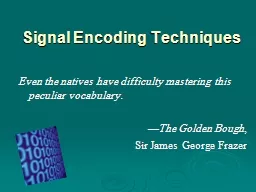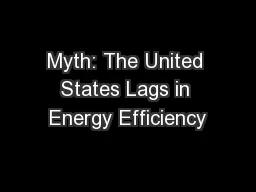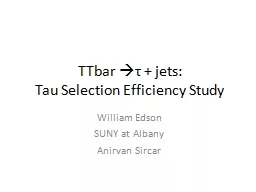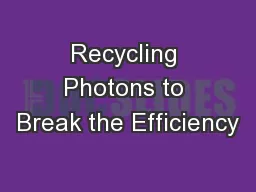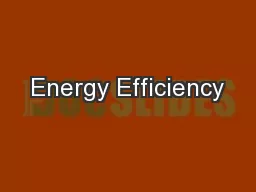PDF-90% that represents a signal loss of about -0.46 dB if the efficiency
Author : jane-oiler | Published Date : 2016-07-18
log10 2 Radiated power Pr Our definition of efficiency is a direct function of The meaning of input power is obvious is to compute the total power passing through
Presentation Embed Code
Download Presentation
Download Presentation The PPT/PDF document "90% that represents a signal loss of abo..." is the property of its rightful owner. Permission is granted to download and print the materials on this website for personal, non-commercial use only, and to display it on your personal computer provided you do not modify the materials and that you retain all copyright notices contained in the materials. By downloading content from our website, you accept the terms of this agreement.
90% that represents a signal loss of about -0.46 dB if the efficiency: Transcript
Download Rules Of Document
"90% that represents a signal loss of about -0.46 dB if the efficiency"The content belongs to its owner. You may download and print it for personal use, without modification, and keep all copyright notices. By downloading, you agree to these terms.
Related Documents

